How to Maximize Efficient Use of ATV Boom Sprayers for Effective Crop Management
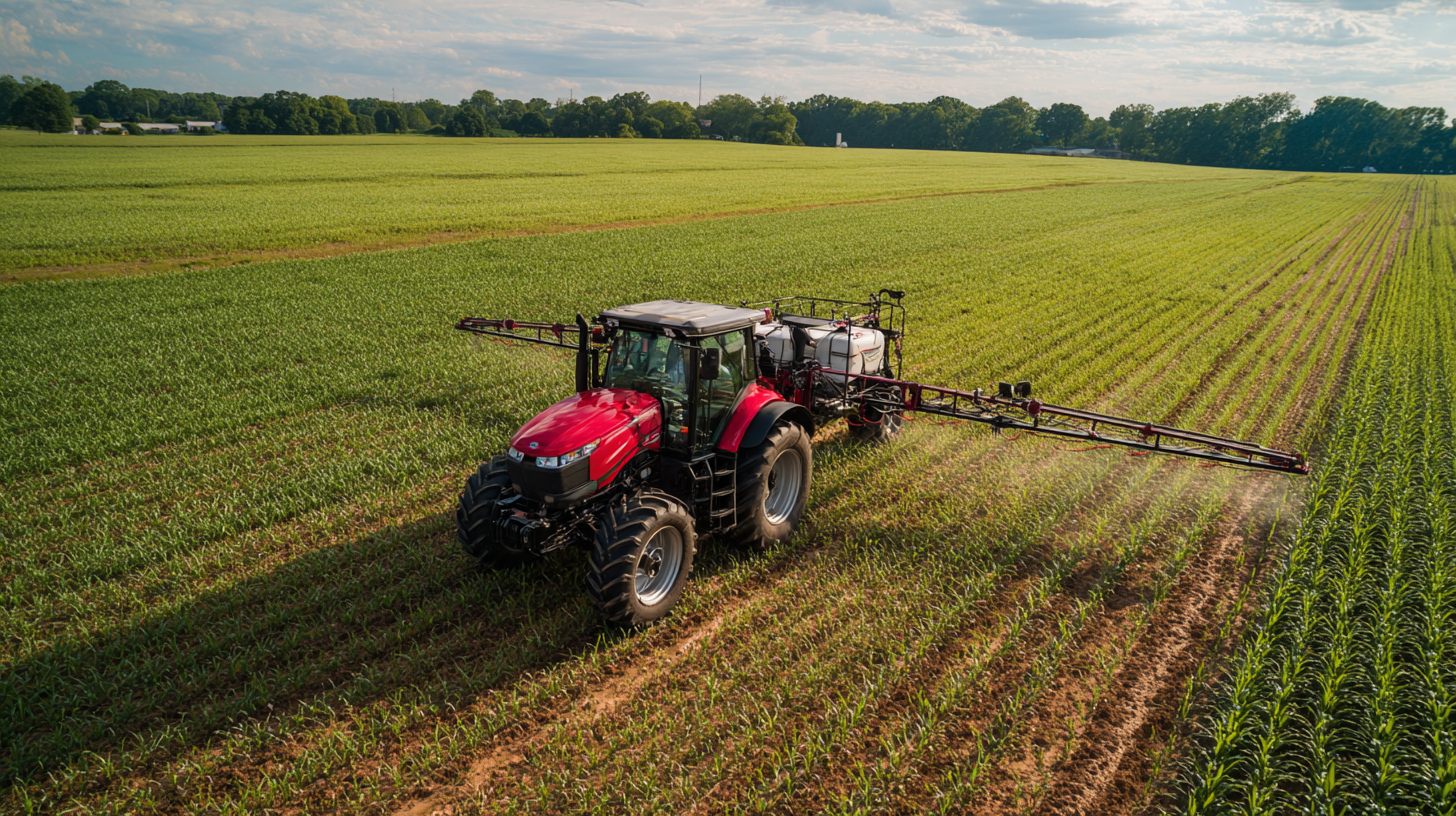 Efficient crop management is crucial to enhancing agricultural productivity, and the use of technology in this sector can significantly impact outcomes. The ATV boom sprayer has emerged as a pivotal tool, allowing farmers to apply fertilizers and pesticides with precision while reducing operational costs.
According to the Agricultural Research Service, proper application methods, such as those offered by ATV boom sprayers, can lead to a 30% reduction in chemical usage without compromising crop yields. Furthermore, studies indicate that precise application technologies can increase crop performance by up to 20%, showcasing their role in sustainable agriculture.
This guide aims to provide strategies for maximizing the efficient use of ATV boom sprayers, ensuring that farmers can leverage this technology for optimal crop management and improve their overall yield while minimizing environmental impact.
Efficient crop management is crucial to enhancing agricultural productivity, and the use of technology in this sector can significantly impact outcomes. The ATV boom sprayer has emerged as a pivotal tool, allowing farmers to apply fertilizers and pesticides with precision while reducing operational costs.
According to the Agricultural Research Service, proper application methods, such as those offered by ATV boom sprayers, can lead to a 30% reduction in chemical usage without compromising crop yields. Furthermore, studies indicate that precise application technologies can increase crop performance by up to 20%, showcasing their role in sustainable agriculture.
This guide aims to provide strategies for maximizing the efficient use of ATV boom sprayers, ensuring that farmers can leverage this technology for optimal crop management and improve their overall yield while minimizing environmental impact.
Benefits of Using ATV Boom Sprayers for Precision Agriculture
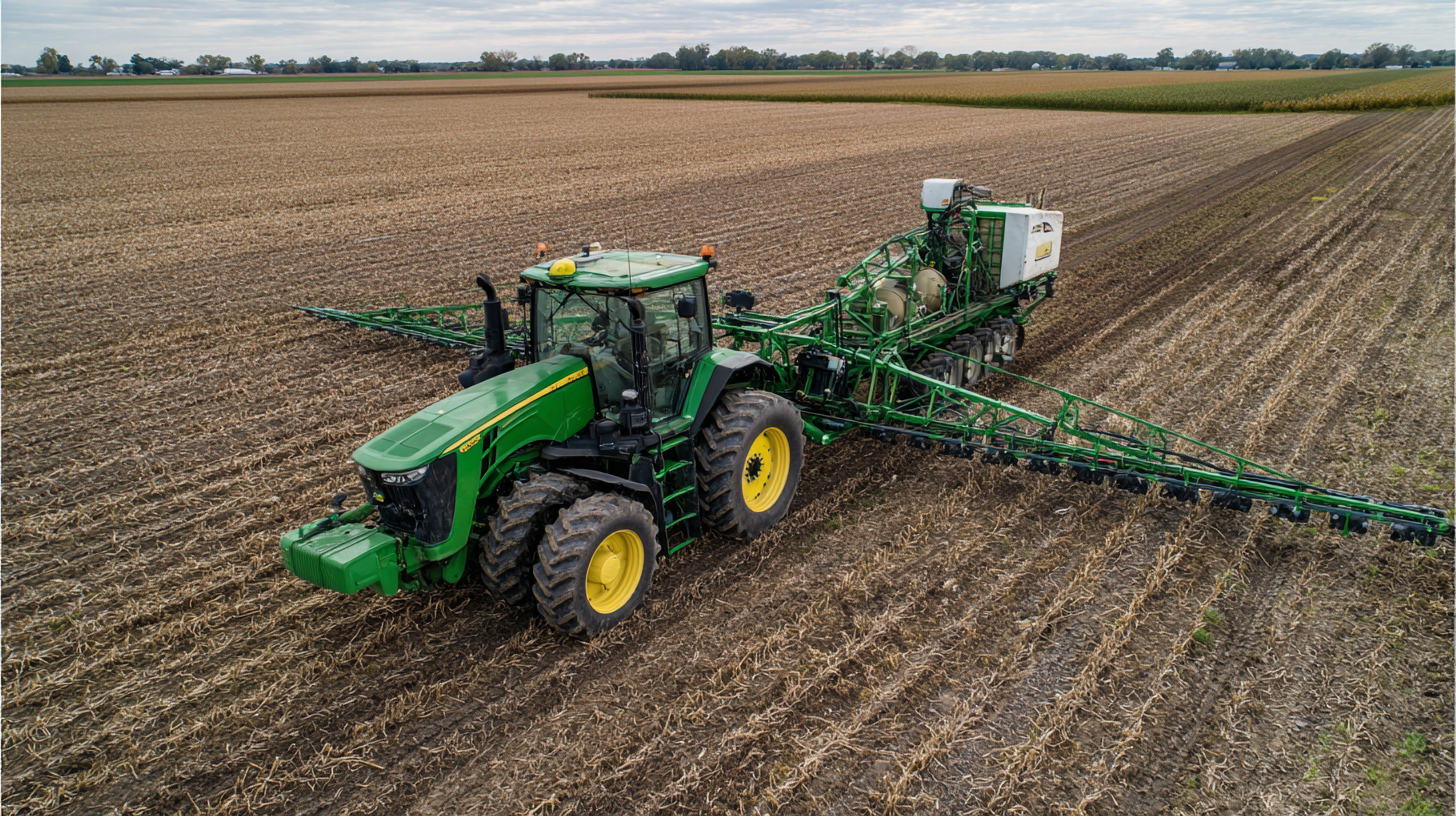 ATV boom sprayers have revolutionized precision agriculture by providing farmers with enhanced accuracy and efficiency in crop management. These sprayers allow for targeted application of fertilizers and pesticides, reducing waste and promoting sustainable farming practices. The integration of advanced technologies in ATV equipment further amplifies these benefits, ensuring that resources are utilized effectively, which ultimately leads to cost savings in the long run.
ATV boom sprayers have revolutionized precision agriculture by providing farmers with enhanced accuracy and efficiency in crop management. These sprayers allow for targeted application of fertilizers and pesticides, reducing waste and promoting sustainable farming practices. The integration of advanced technologies in ATV equipment further amplifies these benefits, ensuring that resources are utilized effectively, which ultimately leads to cost savings in the long run.
To maximize the efficient use of ATV boom sprayers, here are some tips: First, calibrate your sprayer regularly to ensure the correct application rates and patterns. This will enhance accuracy and prevent over or under-application of chemicals. Second, consider using residual herbicides that align with your crop management strategy—these products are designed to offer greater accuracy and longer-lasting effects, making your spraying efforts more effective.
Moreover, keeping up with the latest advancements in farm equipment training can significantly improve the operational skills needed to handle these sprayers. Farmers who invest time in learning about new spraying techniques and equipment features can unlock the full potential of their ATV boom sprayers, allowing them to achieve better crop yields while maintaining environmental sustainability.
Key Factors for Selecting the Right ATV Boom Sprayer for Your Crops
When selecting the right ATV boom sprayer for your crops, several key factors should be considered to ensure optimal performance and efficiency. The first aspect is the sprayer's capacity and size. Depending on the scale of your farming operations, you will need a sprayer that suits your field size and the types of crops being cultivated. A larger capacity sprayer can cover more area quickly, whereas a smaller model may be more suitable for precision applications in smaller plots.
Another crucial factor is the type of nozzle and spray pattern. Different crops may require specific spray patterns to ensure even and effective coverage. The choice of nozzle can also impact the droplet size, affecting pesticide and nutrient delivery to plants. It's essential to select nozzles that comply with the particular needs of your crops, especially considering factors like wind and evaporation during application. Additionally, assessing the adjustability of the boom height can help ensure that the spray reaches the desired target without causing damage to the plants.
How to Maximize Efficient Use of ATV Boom Sprayers for Effective Crop Management - Key Factors for Selecting the Right ATV Boom Sprayer for Your Crops
| Feature | Importance | Recommended Specifications | Impact on Crop Management |
|---|---|---|---|
| Spray Width | High | 8-12 feet | Increases efficiency and reduces time spent on spraying. |
| Tank Capacity | Medium | 50-100 gallons | Reduces the need for frequent refills during application. |
| Pump Pressure | High | 40-60 PSI | Ensures effective distribution of spray chemicals over the crops. |
| Nozzle Type | High | Adjustable flat fan nozzles | Provides versatility for different spraying needs and crop types. |
| Weight | Medium | 500-800 lbs | Affects maneuverability and ease of transport in the field. |
| Durability | High | Corrosion-resistant materials | Increases lifespan and reduces maintenance costs. |
Best Practices for Maintaining and Operating ATV Boom Sprayers
Maintaining and operating ATV boom sprayers effectively is crucial for optimizing their performance in crop management. First and foremost, regular maintenance is key. This includes checking and replacing worn or damaged components, such as hoses and nozzles, to ensure uniform spray distribution. Keeping the sprayer clean and free of residues helps prevent clogging and maintains the efficiency of the application. Always consult the manufacturer’s manual for specific maintenance guidelines and follow recommended schedules to extend the lifespan of the equipment.
Operation techniques also play a significant role in maximizing the effectiveness of ATV boom sprayers. Operators should calibrate the sprayer before use to ensure that the correct amount of product is applied per acre. Adjusting the speed of the ATV and the height of the boom can help achieve an even coverage across the field. Furthermore, selecting appropriate weather conditions—avoiding windy or rainy days—can greatly influence the efficacy of the spraying process. By combining proper maintenance with effective operational practices, farmers can ensure that their ATV boom sprayers perform at their best, leading to healthier crops and more efficient use of resources.
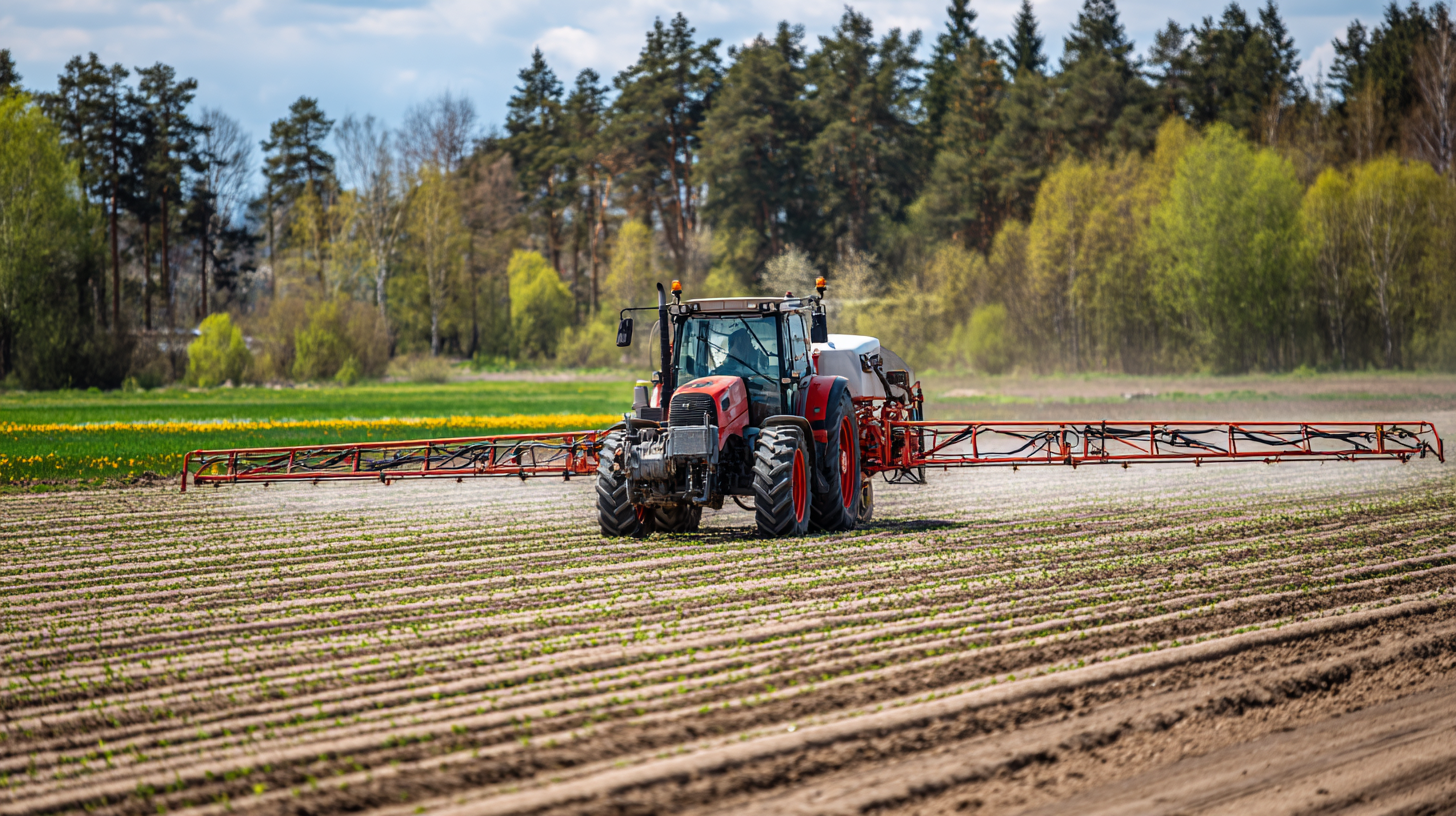
Strategies for Optimizing Spray Coverage and Reducing Chemical Waste
Maximizing the efficient use of ATV boom sprayers is crucial for effective crop management, particularly when it comes to optimizing spray coverage and reducing chemical waste. According to a report by the Agricultural Health Study, improper application techniques can lead to spray drift that accounts for up to 30% of pesticide loss, significantly impacting both the environment and agricultural economics. To mitigate these losses, farmers should ensure that boom sprayers are calibrated accurately for the specific crop and terrain, adjusting spray patterns and pressures before application.
In addition to calibration, implementing precision agriculture technologies can enhance coverage while minimizing waste. Research from the PrecisionAg Alliance indicates that using variable rate technology (VRT) can reduce chemical input by 10-15% through targeted application, allowing for more efficient use of resources. Utilizing advanced mapping and sensor technologies at the field level helps in precisely applying chemicals only where needed, thus promoting sustainable practices and safeguarding ecological health.
Regular maintenance of ATV boom sprayers and routine training for operators further ensure optimal performance, enhancing spray efficacy while minimizing chemical runoff into surrounding areas.
Adapting ATV Boom Sprayers for Different Crop Types and Field Conditions
Adapting ATV boom sprayers for various crop types and field conditions is crucial for maximizing their efficiency in crop management. Different crops have unique growth habits, sizes, and health requirements that necessitate tailored spray techniques. For instance, when spraying tall crops like corn, adjusting the boom height and the angle of spray can ensure that the application covers the entire plant effectively without overspray onto the soil. In contrast, flat crops like soybeans may require a narrower spray pattern to avoid wastage and to ensure targeted application of nutrients and pesticides.
Field conditions also greatly influence the adaptability of ATV boom sprayers. Rocky or uneven terrain can hinder mobility and stability, impacting the spray pattern. Utilizing adjustable boom extensions and stabilizers can help maintain consistent spray coverage even on challenging surfaces. Additionally, considering weather factors such as wind speed is essential; modifications to nozzle type or pressure settings can help mitigate drift, ensuring that the chemicals reach their intended targets without loss to adjacent areas. By systematically adapting sprayer setup to both crop characteristics and field conditions, farmers can enhance the effectiveness of their crop management strategies.
Related Posts
-
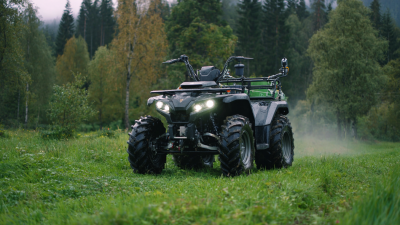
How to Optimize Your Boomless ATV Sprayer for Maximum Efficiency
-

Common Challenges Encountered with Battery Powered Sprayers in Commercial Use
-
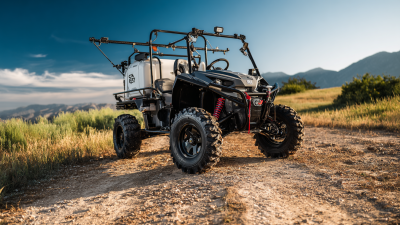
7 Best ATV Sprayer Boom Kit Options for Enhanced Efficiency
-

The Future of Efficient Agricultural Sprayer Boom Kit Innovations
-
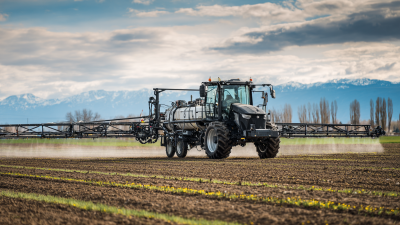
The 7 Best Features of Boom Sprayers You Didn't Know About
-
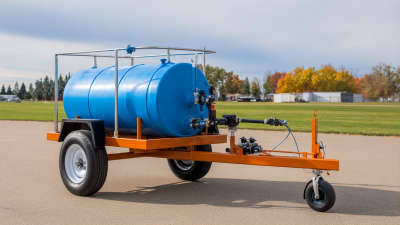
How to Choose the Best 100 Gallon Sprayer Tank for Your Needs